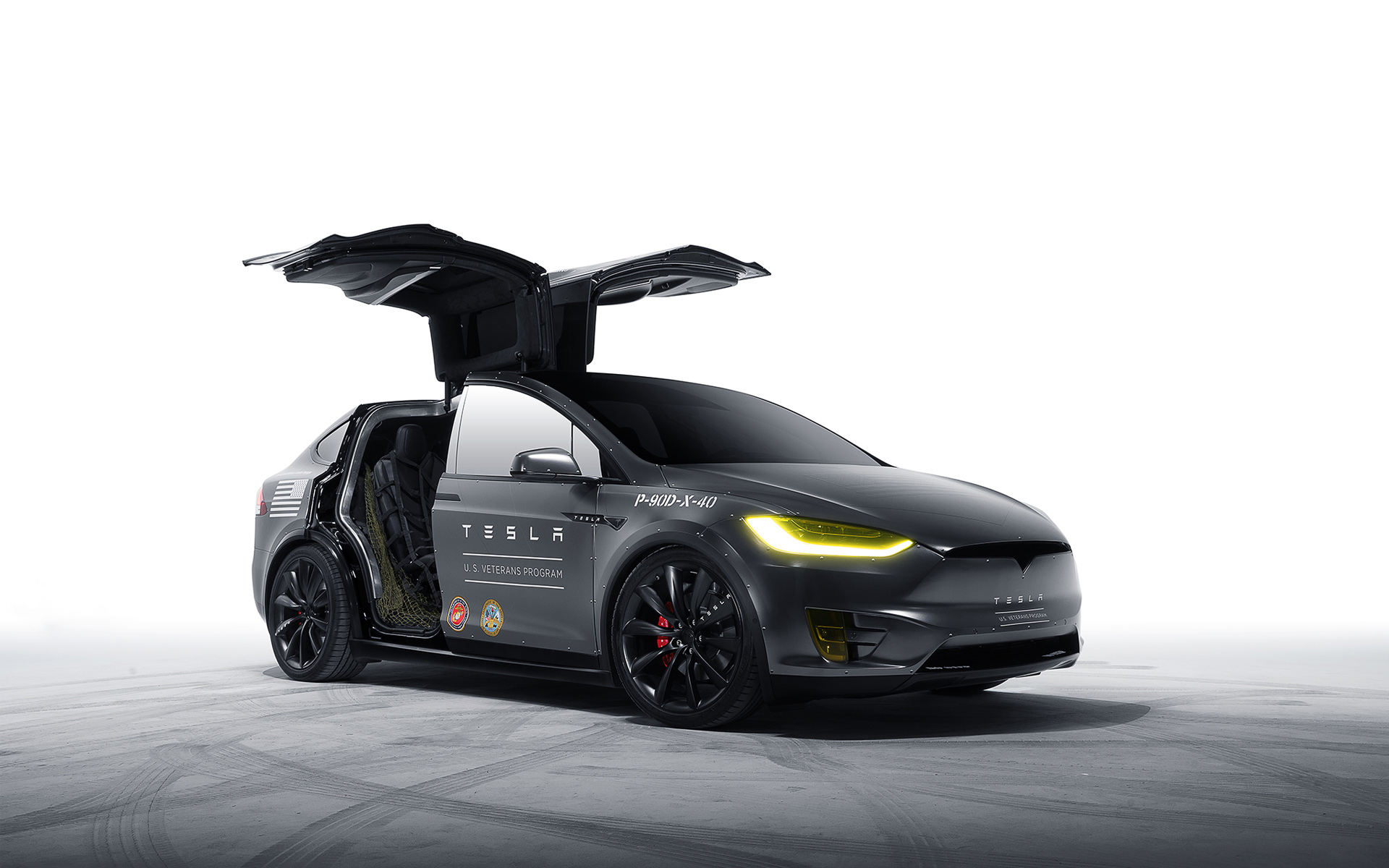

Studebaker looked to aircraft for inspiration and came up with its famous bullet-nosed 1950s cars. Packard built its last truly elegant design from ’48 to ’50, then it went modern, then weird, then under. The other makers followed during the ’50s with their own high-compression V-8s, but GM built a strong sales lead during those years when it not only had the automatic transmission all alone, but the high-compression V-8 also. market after those comfortable, but stodgy ’49 models. Chrysler was made permanently a smaller factor in the U.S. In short, the ’49 Plymouths, Dodges, DeSotos and Chryslers’ cars were excellent, but dull. It went for the old-fashioned virtues of solid construction, lots of headroom, functional styling. Late in the preceding decade, Chrysler took a wrong turn. The tailfins were a trademark feature of 1950’s cars and before it ran its course in the decade, it remains to this day the defining feature of one of the most curious styling fads in the history of the automobile. GM styling boss Harley Earl said he was inspired by the P-38, a twin-fuselage World War II fighter plane. The ’48 Cadillac had small, attractive fin-like curves on its rear fenders to house its taillights. The larger Kaiser make will expire in 1955. A six-cylinder engine will be introduced as an option, but the car costs nearly $2,000, Americans who want compacts prefer Volkwagens, and although some 127,000 Henry Js will be sold, the make will be discontinued in 1954. Kaiser and his son Edgar has a four-cylinder engine and gets 25 miles per gallon. The Henry J motorcar introduced by Henry J. These brash tail-finned 1950s cars almost immediately raised Plymouth’s stature from dowdy to dramatic, giving rival models a serious run.īy the late 1950s, demand for Plymouth automobiles was sustained and heightened with the introduction of Fury model in 1957 which catered to youthful, style-conscious buyers. Plymouth responded in kind with the introduction of flamboyantly restyled 50s cars. Occupying a niche that catered to sensible car buyers who favored solid engineering and low price over design, Plymouth had a devoted following in the 6 years immediately following World War II.īut as the 1950s progressed, public taste had changed and automobile buyers increasingly demanded flashier, more powerful 1950s cars.

Among Chrysler’s 1950s cars, few were more plain and practical than those of the company’s low-cost division, Plymouth.

Those two outstanding cars provided enough competition to European car manufacturers like Ferrari (now owned by Fiat) and Jaguar.Īmong the Big-Three automakers of the early 1950s, none was considered duller than ultra-conservative Chrysler Corporations’s 1950s cars. Two outstanding 1950s cars were: Ford’s Thunderbird and Chevrolet’s Corvette.Īgain the two companies were fighting for the same market which was huge and the competition didn’t affect those two manufacturers’ bottom line. With fins over 1 ft high and twin bullet lenses protruding rearwards, the 1959 Caddy was every bit a design icon and easily rates among the top five of all-time American classics.
#GEARCITY CAR MODELS SERIES#
However this trend ended abruptly with the 1959 Cadillac Series 62. The 1957 Chevrolet Bel Air and the Ford Fairlane 500 Skyliner of 1959 showed by just name the extent to which designers looked to the skies. The jet set lifestyle had captured the hearts of the American public and car designers of the time exploited this fascination to turn out ordinarily plain-looking family cars to come out with wings, turbines and afterburner tail lights. One of those was the speed with which the automobile, despite complicated compound curves and forms, could be manufactured. With the advent of the jet age in the 1950’s came technological and design breakthroughs in the automobile. The “fabulous fifties” also saw some of the most beautiful and some of the most outlandish cars ever made. Tailpins and chromes was the norm and that design was the brainchild of Harley Earl. The long pent up demand for cars caused by the Depression and World War II exploded into an irrational excess in the decade of the ’50’s. auto production exceeded that of Great Britain, France, Japan, Sweden and all other nations put together several times over, and Ford and GM – both of which produced their 50 millionth vehicle in the 1950s – posted healthy profits. Many of the automobiles of the time were designed by stylists who took their influence from the transport industry in general and therefore used ideas from both planes and trains prevailing during that time. The early 1950s saw the rise of chrome on cars, as an increasingly opulent society flourished in the United States. The 1950s cars became lower, longer, and wider.


 0 kommentar(er)
0 kommentar(er)
